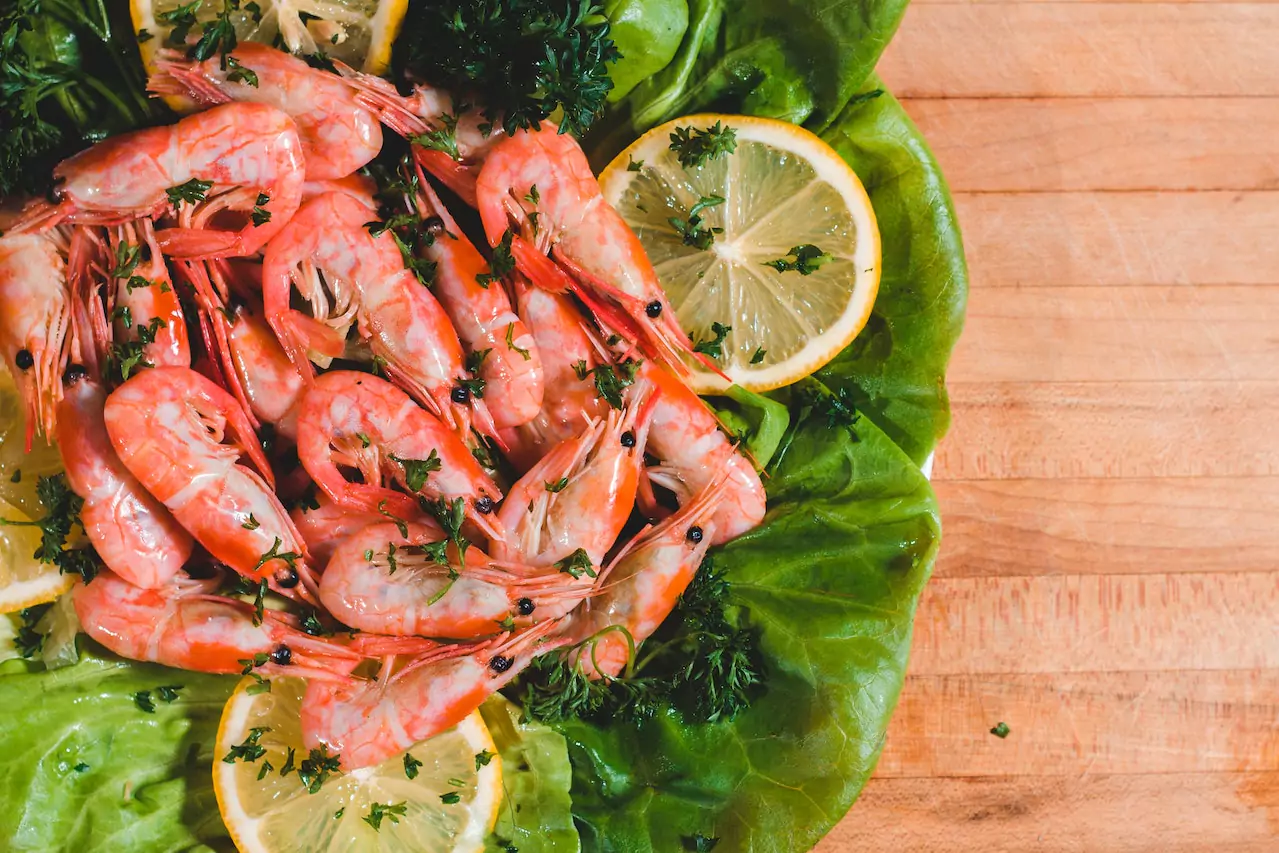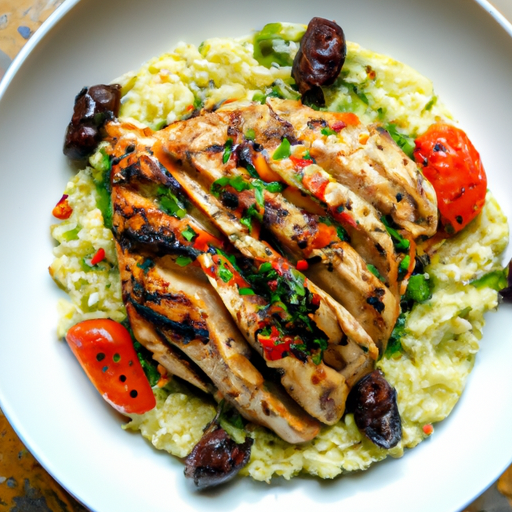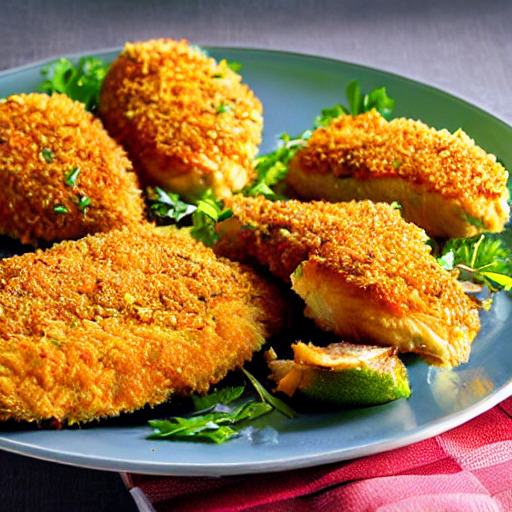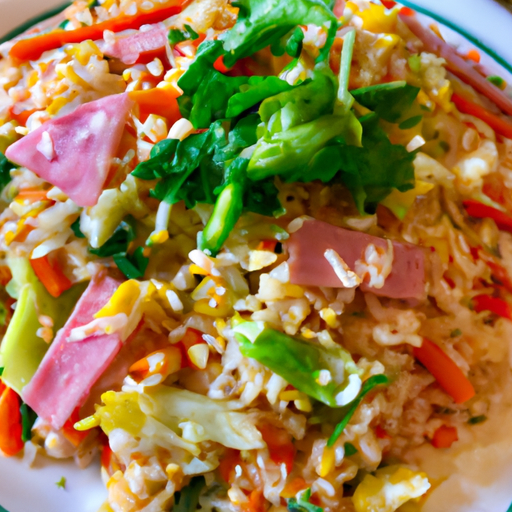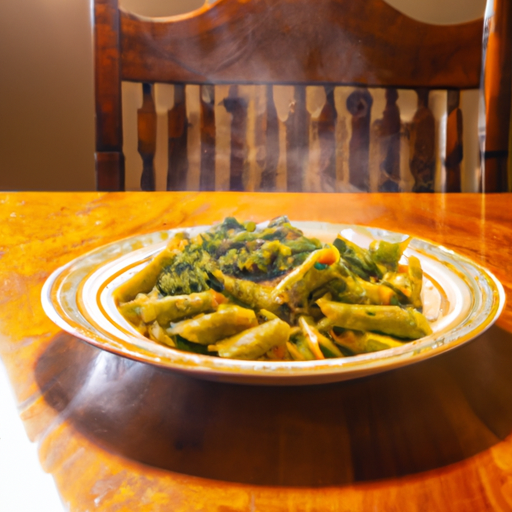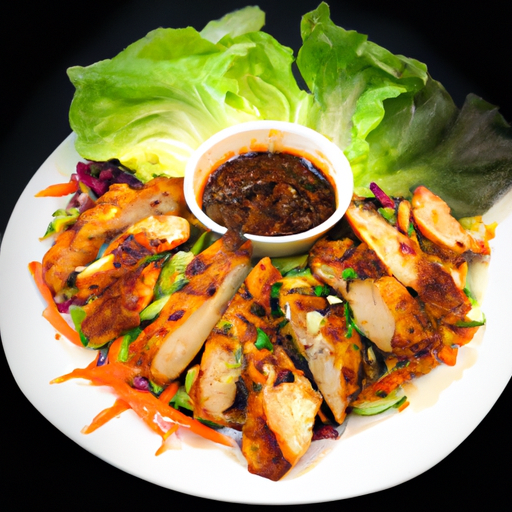Baked Shrimp In Lemony Garlic Sauce
Baked shrimp in lemony garlic sauce has gained popularity for its flavorful combination of ingredients and simple cooking method. An overview of the history, ingredients, instructions, and cooking tips for preparing this dish is provided.
An academic writing style is adopted to eliminate personal pronouns, offering readers informative insights into the origins and preparation techniques of baked shrimp in lemony garlic sauce.
Baked Shrimp In Lemony Garlic Sauce History
The history of baked shrimp in lemony garlic sauce can be traced back to ancient Mediterranean cuisine. This delicious dish combines the juiciness of fresh shrimp with the sharpness of lemon and the powerful flavor of garlic. It is thought that this culinary creation originated in Greece, where seafood was plentiful and flavorful ingredients were highly appreciated.
In ancient times, Greeks enjoyed a variety of meals featuring shrimp cooked in different ways. However, it was their inventive use of citrus fruits such as lemons that gave rise to the tantalizing combination we know today. The acidic nature of lemons not only improves the taste but also acts as a natural tenderizer for the shrimp.
Over time, this dish spread throughout the Mediterranean region, becoming popular among various cultures. Nowadays, baked shrimp in lemony garlic sauce continues to be a much-loved delicacy enjoyed around the world for its vibrant flavors and delightful aroma.
Ingredients
To prepare this dish, collect the necessary components for the recipe. The ingredients for baked shrimp in lemony garlic sauce are as follows:
- Shrimp: Select fresh, deveined shrimp for this dish. The size of the shrimp can be adjusted according to personal preference.
- Lemon: Freshly squeezed lemon juice imparts a tangy and refreshing flavor to the dish.
- Garlic: Incorporate minced garlic cloves to infuse the sauce with a robust and aromatic taste.
- Butter: Melted butter is essential for creating a rich and creamy sauce that envelops the shrimp.
These four components work together in harmony to create a delectable dish packed with flavors. The combination of succulent shrimp, zesty lemon juice, pungent garlic, and velvety butter culminates in a delightful culinary experience.
Prepare these ingredients to embark on a journey of tantalizing tastes that will have your taste buds begging for more.
Instructions
Preheat your oven to the recommended temperature.
In a mixing bowl, combine fresh lemon juice, minced garlic, melted butter, and chopped parsley. Whisk the ingredients together until they are well blended and form a smooth consistency.
Place the raw shrimp on a baking sheet and pour the prepared sauce over them, making sure each piece is evenly coated.
Bake in the preheated oven for a specified amount of time until the shrimp turn pink and opaque.
Following these instructions carefully will result in a delicious baked shrimp dish with a tangy lemony garlic sauce that perfectly complements its flavor.
Cooking Tips for Baked Shrimp In Lemony Garlic Sauce
Applying the lemon and garlic mixture evenly on the shrimp before baking is essential for flavor enhancement. To further enhance the dish, there are several cooking tips that should be followed. Firstly, preheating the oven is necessary to ensure even cooking and full flavor development. Secondly, using fresh ingredients such as lemon juice and minced garlic will maximize the taste profile of the dish. Lastly, monitoring the baking time is critical to prevent overcooking and maintain the shrimp’s succulence. By adhering to these tips, one can achieve a delicious outcome with juicy shrimp coated in a tangy and aromatic sauce.
| Cooking Tip | Importance |
|---|---|
| Evenly coating shrimp | Enhances flavor |
| Preheating oven | Even cooking |
| Using fresh ingredients | Maximizes taste |
| Monitoring baking time | Prevents overcooking |
Table: Cooking Tips for Baked Shrimp In Lemony Garlic Sauce
Final Thoughts
Following these cooking tips will lead to a flavorful and succulent dish.
Baking shrimp in a lemony garlic sauce offers a delightful mix of tart and savory flavors. The acidity from the lemon juice amplifies the natural sweetness of the shrimp while adding a zesty touch to the taste. The garlicky notes sink into the dish, creating an aromatic and full-bodied flavor.
Cooking the shrimp in the oven allows for even heat distribution, making sure each bite is cooked perfectly. The resulting texture is tender and juicy, allowing the natural saltiness of the shrimp to stand out.
The mix of these cooking techniques creates a dish that is both satisfying and indulgent, perfect for any seafood enthusiast seeking a delicious culinary experience.
Frequently Asked Questions
Can I Use Frozen Shrimp for This Recipe?
The use of frozen shrimp in the recipe for Baked Shrimp In Lemony Garlic Sauce can be considered as an alternative to fresh shrimp, although it may slightly affect the texture and taste of the dish.
How Long Should I Marinate the Shrimp Before Baking?
The optimal marinating time for shrimp before baking can vary depending on personal preference and the desired level of flavor infusion. It is recommended to marinate the shrimp for at least 30 minutes to an hour to allow the flavors to penetrate the flesh.
Can I Substitute Lemon Juice With Another Citrus Fruit?
Substituting lemon juice with another citrus fruit in Baked Shrimp In Lemony Garlic Sauce may alter the flavor profile, as each citrus fruit has distinct taste profiles. Experimentation is recommended to determine the best alternative that complements the dish.
Can I Use Pre-Peeled Shrimp for This Recipe?
Using pre-peeled shrimp for the recipe may be a viable option as it saves time and effort. However, it is important to consider the quality and freshness of the shrimp, as well as any potential impact on taste and texture.
Can I Make This Dish Ahead of Time and Reheat It Later?
Making a dish ahead of time and reheating it later is a common practice in culinary preparations. However, the success of reheating depends on various factors such as the ingredients used, cooking method employed, and desired texture and flavor outcomes.
